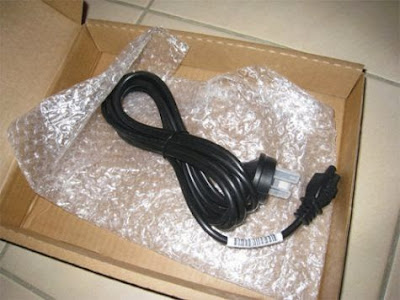We have all seen labels on various
packages, but do we really take the time out to read all the information that
is provided in it? It might be because some of the information is not relevant
or it could be that the amount of information is not sufficient enough. not
only is it important to keep the food product simple in terms of the number of
ingredients, but the names of the components also needs to be kept simple
enough for the average customer to understand it easily.
According to David Schmidt,
CEO and President – International Food Information Council Foundation, a clean
label is a term that the “food industry
recently coined to describe the trend to reduce the number of ingredients that
are used in the respective food product and to have the ingredient names to be
more pronounceable for the average consumer reading the information on the
labels.”However, this does not relate to the safety of the product so any
component that is added to the food product must be approved by the FDA before
it is brought out in the market.
A clean label also means that the customers
are familiar with the ingredients contained in the food or beverage. A
“wholesome” perception of the product is achieved with the help of clean
labels. The benefit of having uncomplicated ingredients and a simple
information format is less regulatory hurdles that the product may be subjected
to. This advantage becomes crucial when the product is marketed and sold in
different regions around the globe. However, the decision to remove or add an
ingredient in the product depends completely on the target market.
But
how does clean labelling have an impact on packaging materials and design? There are three ways in which clean labelling affects packaging for
the respective product.
- If the contents of the product are modified, then the same has to reflect on the copy mentioned on the packaging. This would require a change in the packaging to accommodate the new information.
- “Transparency” is becoming a challenge for businesses as the packaging needs to strike a balance between visibility (for the product contained in the package) and protection. Too thin a layer would compromise the safety of the package. However, from a customer’s perspective, such transparency is quintessential to develop trust in the brand’s products, especially if the products belong to the F&B category.
- When it comes to packaging food product, the presence of anti-oxidants plays an important role in determining the significance of package for that respect product. Without appropriate quantities of antioxidants, the food product would become rancid, thereby spoiling it completely. For some products, the weaker the antioxidant preservative system, the more important the packaging becomes.
- Moreover, packaging requirements vary on the basis of distribution/storage systems. In accordance with this, products that are distributed in colder systems require less anti-oxidants as well as cheaper packaging due to the fact that rancidity slows down with decrease in temperature.
With changes in the contents and variations
in the storage / distribution conditions, the packaging materials and designs
would change in keeping with the specific requirements. Brands need to start
using simplified information for their products as it would help them in
reaching out to their customers in a better manner, in addition to overcoming
legal hurdles in foreign markets. This is the power of clean labelling which is
just beginning to be utilized to its full potential.






